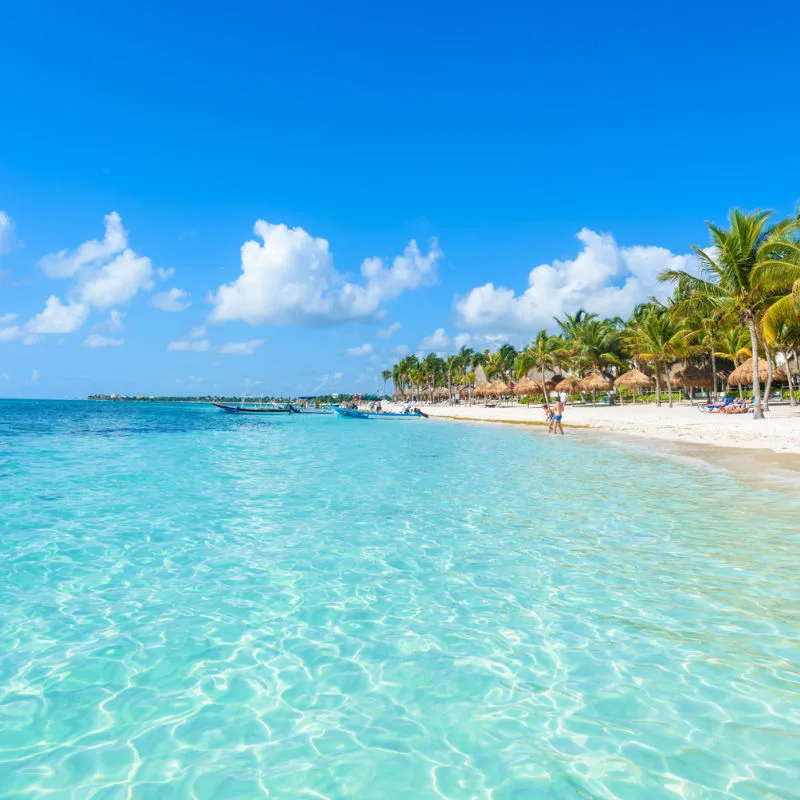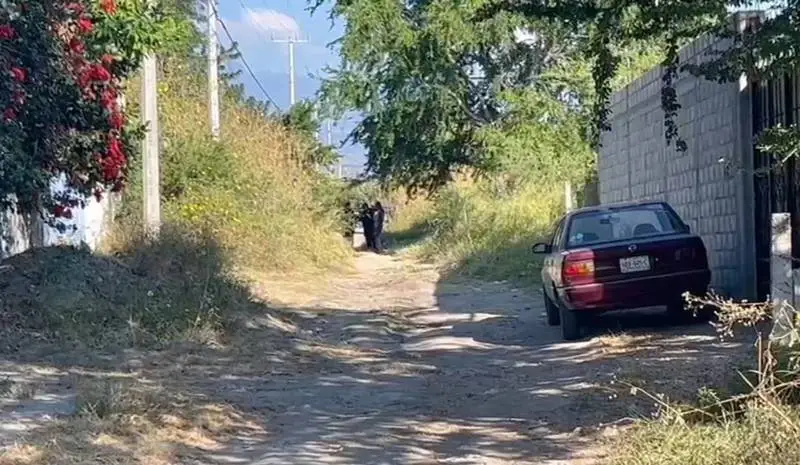Cancun Expecting Sargassum Free Beaches For Month Of February
Share

CANCÚN | Beaches across much of Cancun and the Mexican Caribbean are expected to have low sargassum levels during most of February, according to a recently-published forecast. That’s good news for the many travelers headed to the sun-soaked region this winter as travel numbers continue to skyrocket. The sargassum season typically begins in March and lasts until late October to early November, but experts say the Mexican Caribbean could see significantly less macroalgae on its beaches in 2023 compared to last year.
The most recent sargassum forecast indicates low levels of the foul-smelling macroalgae on Mexican Caribbean beaches during the first half of February. Although the outlook is positive, it is subject to change depending on weather conditions, including currents and ocean temperatures.
Despite being largely harmless, sargassum, a naturally-occurring seaweed that forms in the Atlantic Ocean each year, is an eye-sore for travelers in Cancun. After eventually washing up on local shores, sargassum quickly begins to decompose, giving off a pungent smell that can ruin any beach-lover’s vacation.
According to the Secretary for the Mexican Navy’s (Semar) most recent analysis, sargassum shouldn’t be an issue in the Mexican Caribbean during most of February. Beachgoers can look forward to at least several weeks of sargassum-free beaches, especially in the northern parts of the Mexican Caribbean state of Quintana Roo, where sargassum levels are expected to be minimal.
The Mexican Navy is just one of many authorities that regularly study the amount of sargassum on Mexican Caribbean beaches. They also publish a long-term forecast detailing the total amount of sargassum expected to wash up on the coastline in places like Cancun, Playa del Carmen, and Cozumel, which have struggled in past occasions to deal with massive amounts of the pesky seaweed.
In their most recent forecast – published this week – officials pointed out that meteorological conditions over the Atlantic Ocean are unlikely to cause large amounts of sargassum to wash up on public beaches. Environmental authorities also say that there are currently low sargassum levels drifting in ocean currents, further aiding beachgoers in Cancun and the Mexican Caribbean.
For now, authorities say the Mexican Caribbean state of Quintana Roo is under a level 2 sargassum alert, corresponding to a ‘very low’ quantity of the macroalgae. With such low levels of sargassum seaweed, travelers can expect quaint and picturesque beaches. Overall, around 6 tons of sargassum has washed up on local shores this year.
Last year, the Mexican Caribbean saw a record-shattering quantity of sargassum seaweed wash up on its shores. Despite hundreds of full-time cleaners, resort hotspots like Cancun and Playa del Carmen struggled to keep beaches spotless. Although 2023 has gotten off to a good start, analysts say sargassum levels can rise suddenly at any time.
The sargassum season typically begins in mid-February to early March, but experts say the season could begin earlier this year as sargassum levels increase due to climate change. Despite alarming predictions, officials across the Mexican Caribbean have been preparing for the worst and have hired more cleaners and purchased new high-tech machinery to deal with sargassum seaweed. Cancun alone relies on a team of more than 150 cleaners working around the clock to keep beaches in tip-top condition.
Cancun is by far the most popular beach destination in Mexico, and the city is home to the highest number of Blue-Flag-certified beaches nationwide. With an average hotel occupancy rate of 80% in January, the destination is once again proving to be a hit among travelers. Aside from sargassum, visitors should be aware of powerful currents which can pose a real danger to swimmers.








